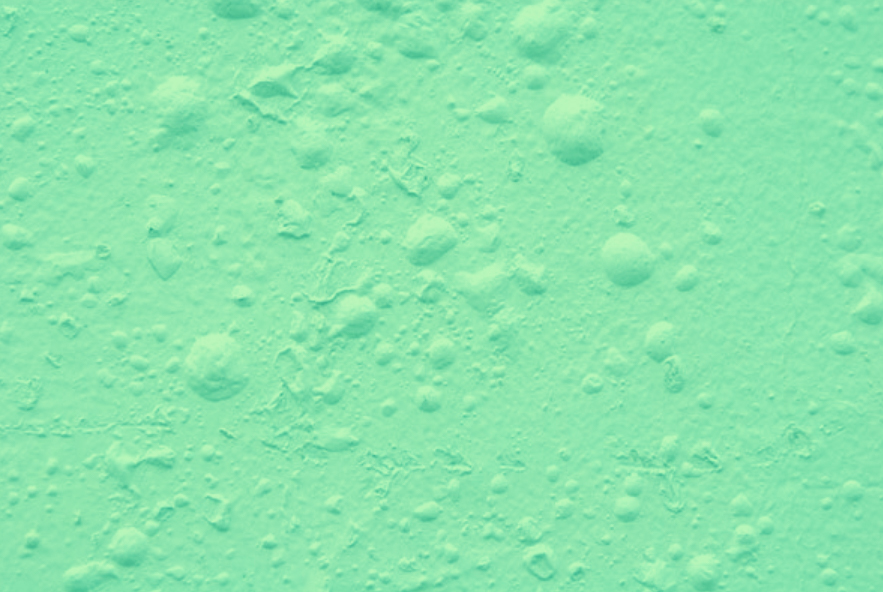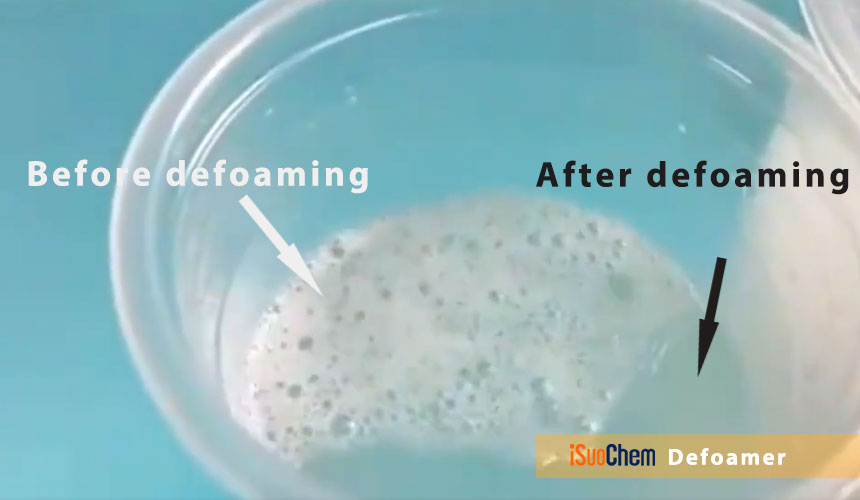The Function of Defoamers in Enhancing Item Top Quality and Performance
In different producing procedures, the presence of foam can significantly prevent product quality and functional performance. Defoamers work as crucial ingredients that reduce this problem, making certain smoother production workflows while boosting the practical and visual qualities of the final products (defoamers). Their application covers a plethora of sectors, from food and beverage to drugs, where uniformity and dependability are critical. However, the selection of the proper defoamer can be important to accomplishing ideal results, raising vital inquiries about formulation compatibility and performance metrics that merit additional expedition.
Understanding Defoamers
Recognizing the role of defoamers is vital for keeping product high quality throughout numerous markets. Defoamers are chemical ingredients made to protect against the development and lower of foam in fluid systems, which can detrimentally influence procedures such as mixing, loading, and surface stress. Lathering can result in inefficiencies, product issues, and compromised aesthetic charm, making defoamers an essential part in making operations.
In commercial applications, defoamers assist to boost item uniformity and stability. For instance, in the paint and finishings industry, foam can disrupt the application process and the final finish. In food and beverage production, too much foam can prevent bottling and product packaging effectiveness. The efficient use defoamers not only ensures smoother manufacturing procedures however also adds to superior item efficiency.
Additionally, the selection and solution of a defoamer need to align with specific application needs, such as compatibility with other active ingredients, performance under varying temperature level and pH conditions, and possible governing constraints. Eventually, comprehending defoamers' features and their value in various solutions is critical for enhancing manufacturing and making sure the finest final product.
Kinds Of Defoamers
Defoamers can be categorized into numerous kinds based upon their composition and system of activity. The main kinds consist of silicone-based, non-silicone organic, and not natural defoamers.
Silicone-based defoamers are among the most reliable, primarily because of their capacity to spread swiftly on the fluid surface and disrupt foam development. Their one-of-a-kind chemical structure enables premium stability, making them suitable for high-temperature applications and atmospheres with differing pH degrees.
Non-silicone organic defoamers, typically made up of all-natural oils or fatty acids, are valued for their biodegradability and lower toxicity. These are commonly made use of in food and beverage applications where safety and environmental effect are vital.
Not natural defoamers, which consist of substances like talc or calcium carbonate, act by enhancing the density of the liquid, consequently lowering foam security. They are often utilized in commercial procedures where compatibility with various other products is not a problem.
Each kind of defoamer has distinctive benefits and constraints, enabling customized options relying on the certain lathering problems come across in different applications. Comprehending these differences is essential for optimizing performance and attaining wanted item high quality.
Applications Across Industries
Numerous sectors utilize defoamers to improve product top quality and functional efficiency. In the food and drink field, defoamers are vital click over here now in processes such as developing and dairy products production to prevent foam development, which can cause inefficiencies and item variance. By controlling foam, manufacturers can make sure better return and a much more uniform item.
In the pharmaceutical industry, defoamers play a crucial role in the solution of liquid drugs, where extreme foam can restrain mixing and exact dosing. Their usage helps preserve the honesty of the formulas and facilitates smoother production procedures.
The paint and finishings sector also depends on defoamers to enhance the performance of products during application. By lessening foam, these ingredients guarantee a smoother coating and enhance the visual top qualities of the final item.

Benefits of Using Defoamers
While the application of defoamers differs across markets, their benefits constantly enhance item quality and procedure efficiency. One substantial advantage is the decrease of foam formation during making processes, which can or else lead to manufacturing delays and variances in item high quality. By decreasing foam, defoamers allow a smoother circulation of materials, assisting in more effective procedures and decreasing the probability of equipment malfunctions.
Furthermore, the usage of defoamers can improve the appearance and appearance of end products. In markets such as coatings, paints, and food processing, extreme foam can endanger the visual looks and general top click this link quality, while the suitable defoamer application makes sure a consistent finish and desirable attributes. Furthermore, defoamers can add to set you back financial savings by lowering waste during production and enhancing using raw products (defoamers).

Picking the Right Defoamer
Choosing the right defoamer is critical for maximizing production procedures and making certain item high quality. The option of defoamer influences not just the effectiveness of foam control yet additionally the overall performance qualities of the end product. Variables to consider consist of the type of application, the chemistry of the formulation, and the ecological conditions under which the product will certainly be made use of.
Different markets may need specific defoamer types, such as silicone-based, organic, or polymeric defoamers. Understanding the compatibility of the defoamer with the main ingredients is vital to stay clear of adverse reactions that can compromise product stability. In addition, the defoamer's efficiency in various temperature levels and pH levels have to be evaluated to make certain consistent efficiency.
Checking the defoamer in small applications can provide valuable insights into its performance and viability. Factor to consider of regulatory conformity, especially in food, pharmaceuticals, and cosmetics, is vital in choosing a defoamer. Ultimately, a detailed evaluation of these factors will certainly lead to the selection of a defoamer that not only manages foam efficiently however also boosts the high quality and performance of the end product.
Final Thought

In final thought, defoamers are crucial ingredients that considerably improve item quality and efficiency throughout different markets. The calculated selection and application of defoamers lead to set you back savings, maximized resource usage, and boosted consumer satisfaction.
Foaming can lead to inadequacies, item problems, and jeopardized aesthetic charm, making defoamers a vital part in making procedures.
